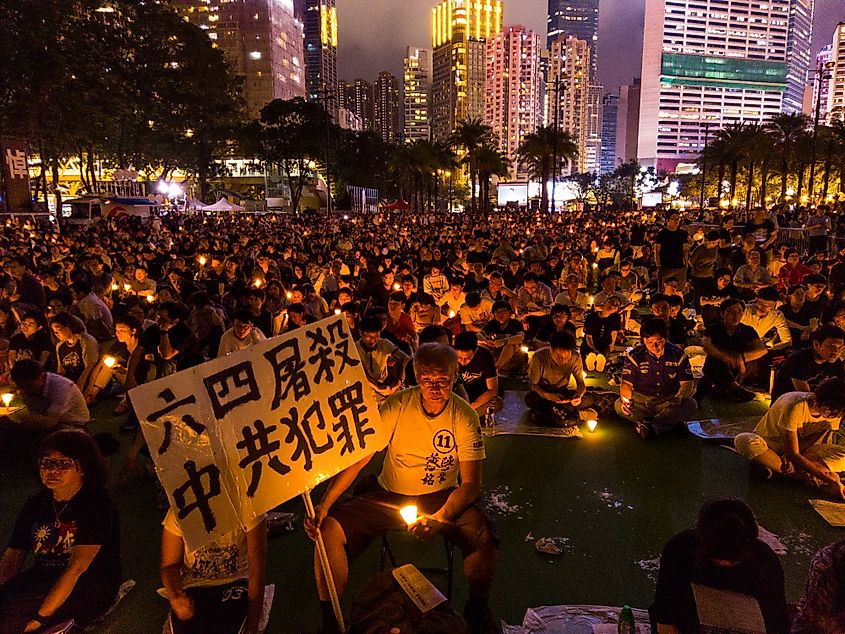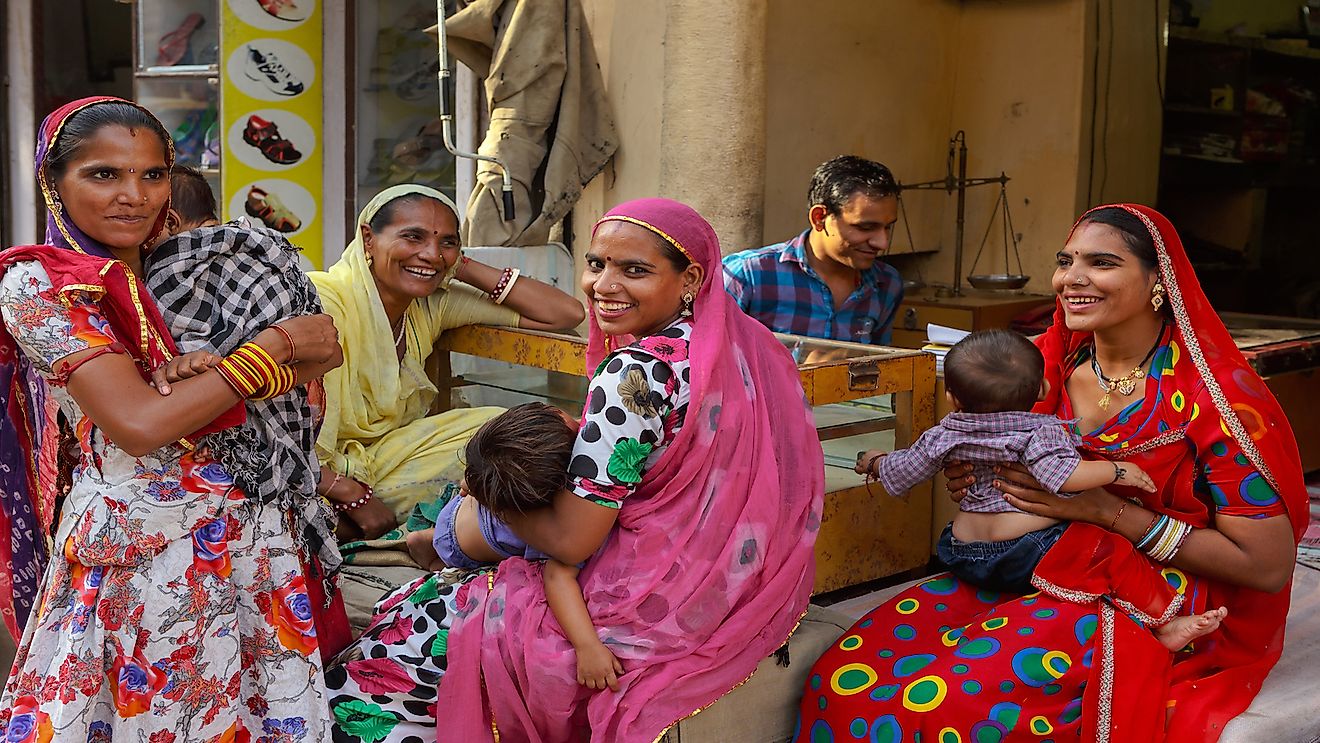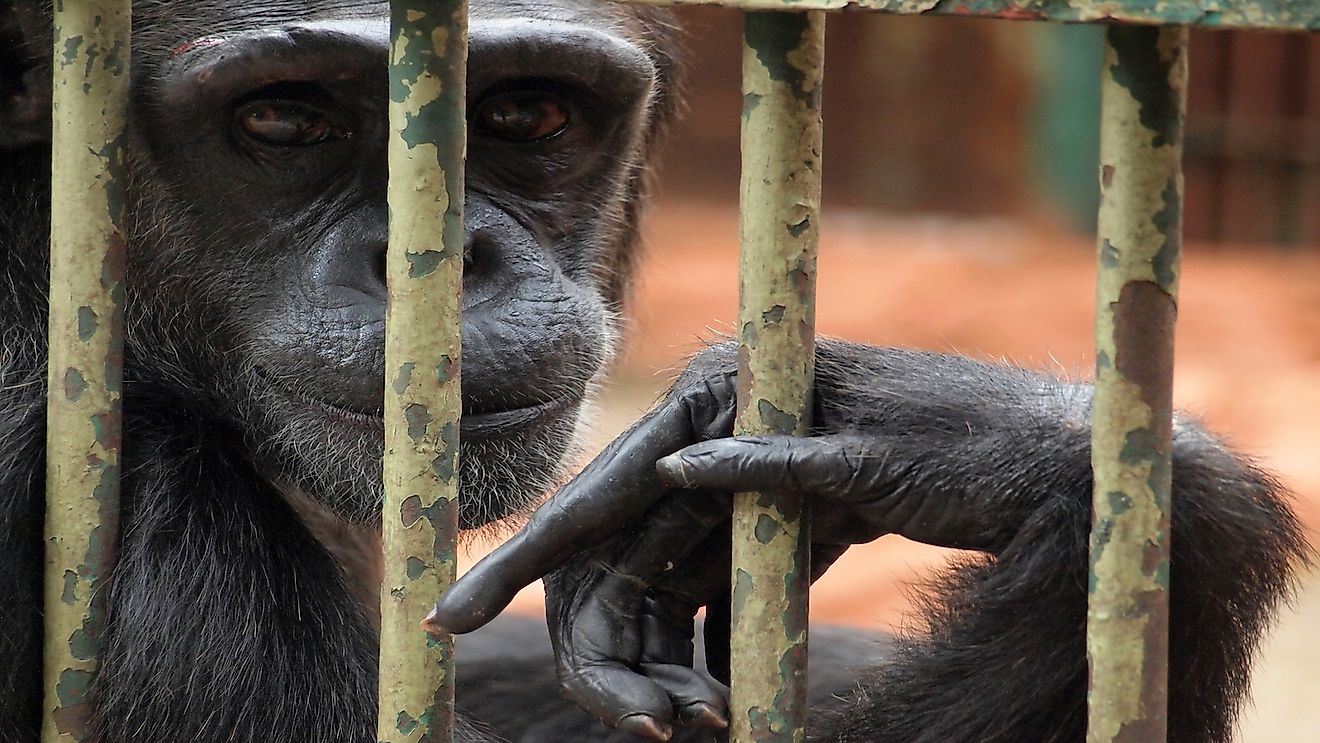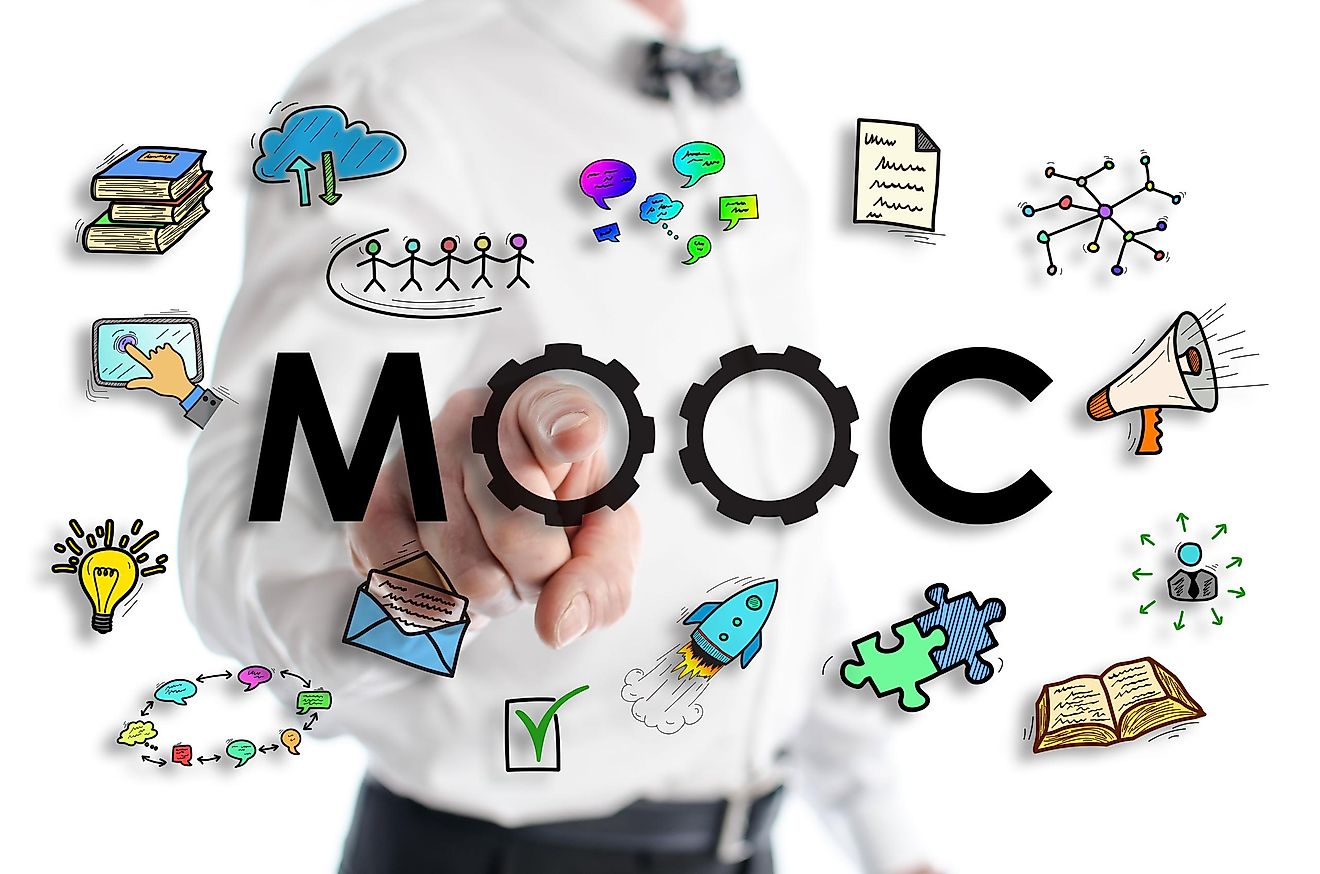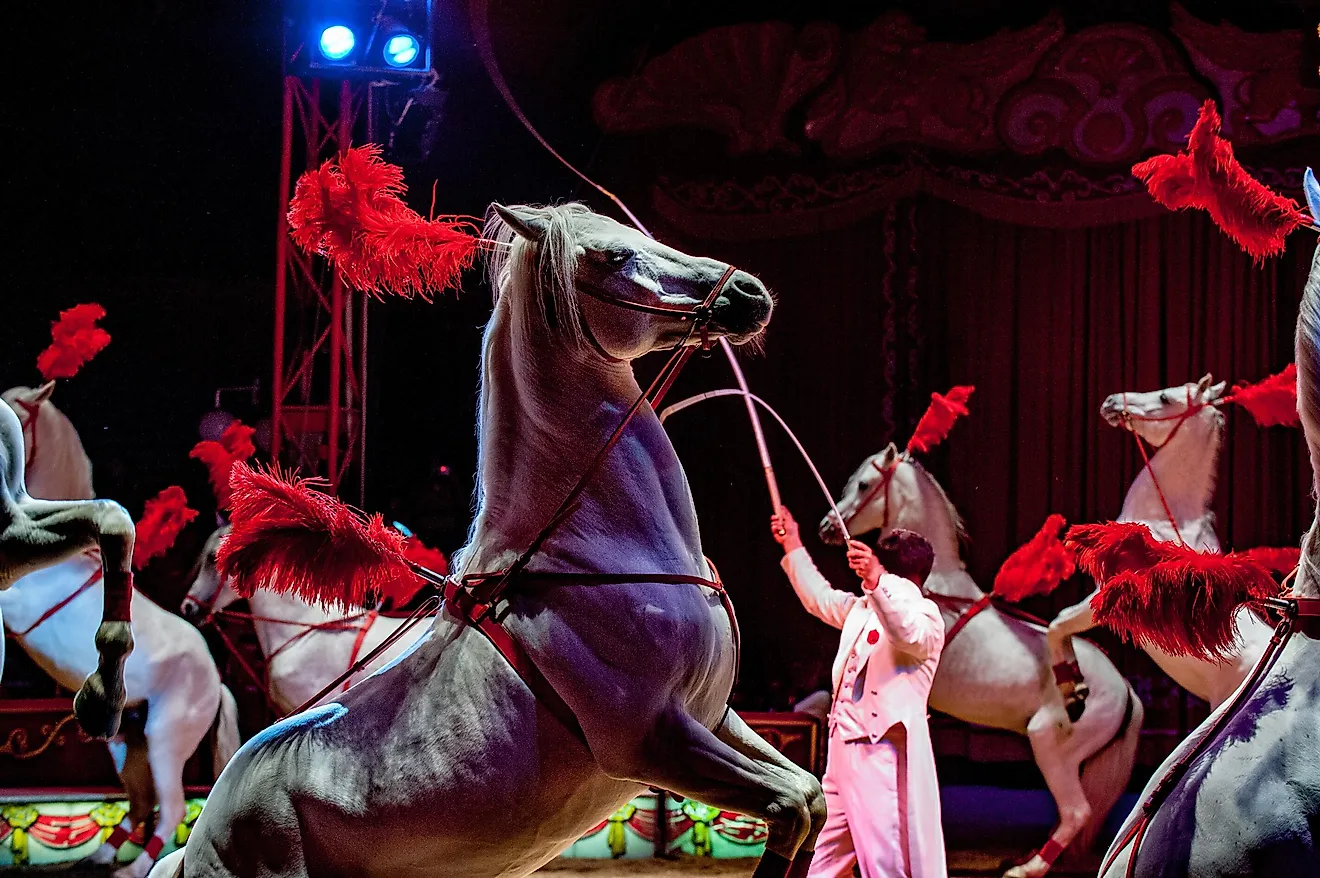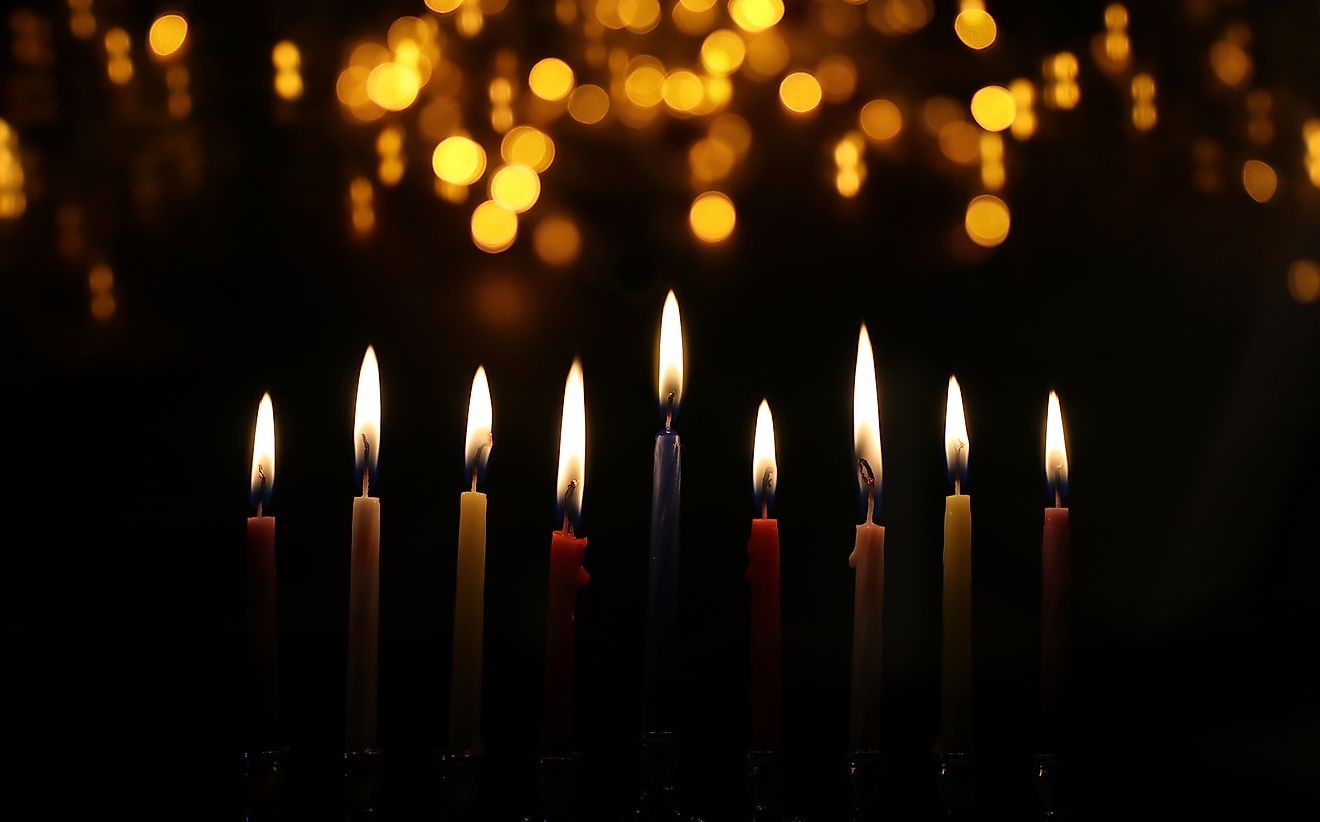The Tiananmen Square Protests of 1989
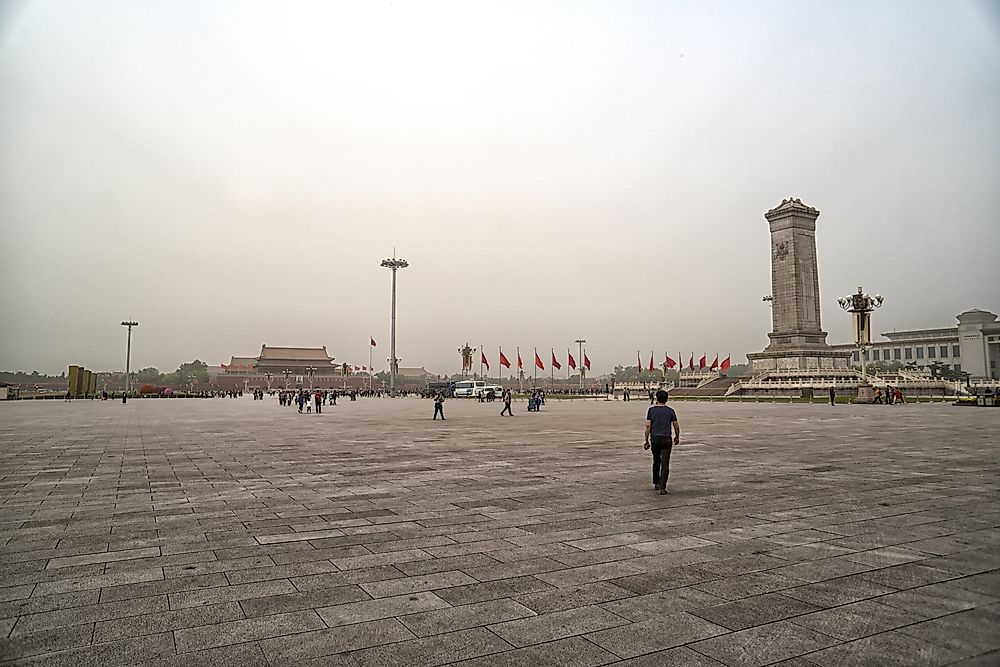
In China in April 1989, students initiated protests in universities and in Beijing's Tiananmen Square. The protest spread throughout the country and expressed frustration with inflation, corruption, and the slow pace of political reform. Tensions escalated until June 4, 1989, when heavily armed forces fired on peaceful civilians, likely killing thousands of people and wounding many more.
Context
Following the ousting of Maoist leaders in 1978, Communist Party leaders liberalized economic policies. China lifted some price controls and allowed limited private and foreign investment. The reforms improved the overall wealth of the country. However, by 1989, inflation and corruption posed challenges to broader benefits. The economic opening also encouraged a desire for similar political reforms.
The Death of Hu Yaobang
Hu Yaobang served as General Secretary of the Communist Party from 1982 to 1987. Popular with students, Hu had supported broader reforms. His support of a 1986 student protest led the party to remove Hu.
When Hu died on April 15, 1989, students mourned publicly. Some students took advantage of the gatherings to call for reforms. They sought greater accountability, increased political participation, and freedom of speech and the press.
At Hu's memorial the following week, 100,000 students gathered in Tiananmen Square. Three students carried a petition requesting a meeting with leaders, but no leaders emerged from the Great Hall.
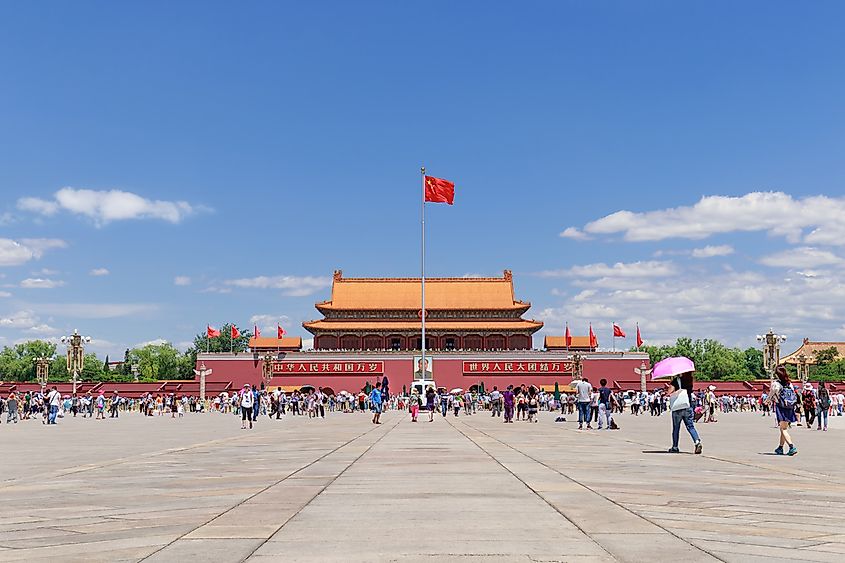
Escalation of Tensions
Internal Disagreements in the Party
The party did not agree on how to respond to the growing protests. General Secretary Zhao Ziyang's pushed to allow the gatherings while Premier Li Peng supported a more hardline response. Initially, Zhao's faction swayed paramount leader Deng Xiaoping. However, Deng grew more uneasy in response to increasing university student boycotts and the illegal formation of student unions.
The People's Daily Editorial
By April 22, Deng supported an editorial in The People's Daily, the party newspaper. It described the students with language used against enemies of the party during the Cultural Revolution and called the protests a danger to society.
May 4 Commemoration
The editorial spurred on the protests, and on May 4, tens of thousands of students rallied in commemoration of the 70th anniversary of a 1919 protest. In 1919, Beijing students protested the Treaty of Versailles, because it granted certain rights to Japan. General Secretary Zhao angered party leadership by called the students' commemorations patriotic.
Hunger Strike and Gorbachev's Visit
Meanwhile, China prepared for May 15 when they would host the first Soviet leader in 30 years. On May 13, hoping to use the moment to pressure Chinese leaders into a dialogue, 160 students began a hunger strike. The strike was widely supported, with over 3000 people participating.
On May 15 foreign press gathered to cover the historic visit of Soviet General Secretary Mikhail Gorbachev. Zhao had failed to convince the students to call off their protests, and party leaders would blame him for their loss of face. As the world watched, protesters prevented China from welcoming Gorbachev in its historic seat of power, Tiananmen Square.
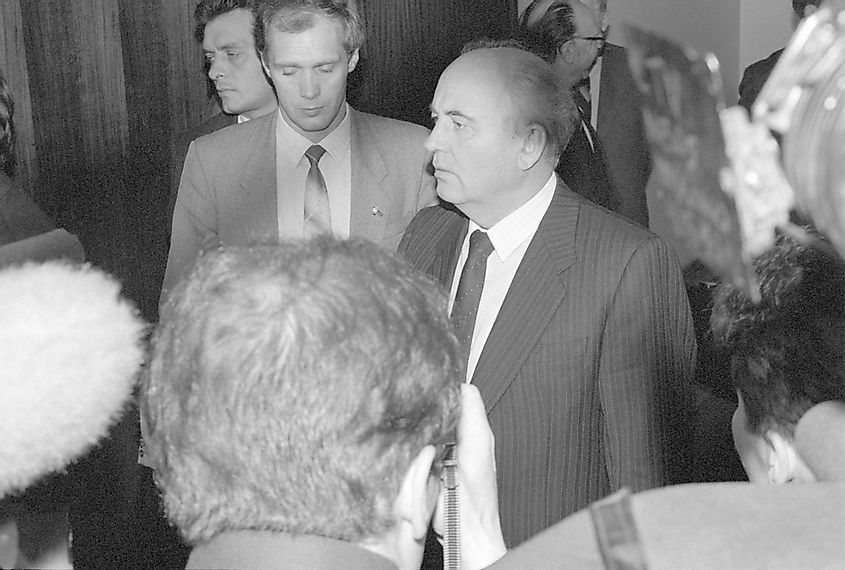
Martial Law and a Sit-In
Zhao continued to urge the party to negotiate and retract the April 22 editorial. Other party leaders, however, argued the protesters sought an end to Communist rule in China. On May 18, after a contentious meeting with students, Deng Xiaoping approved a plan for martial law.
Rumors of martial law led the students to end their hunger strike on May 19 and begin a massive sit-in at Tiananmen Square. Some 1.2 million people, including police, soldiers, and other workers, joined them.
Largely unarmed forces from the People's Liberation Army (PLA) approached the city, but people flooded the streets to greet the soldiers. They engaged them in discussions and offered them food and water. From May 20 to May 24, the PLA neither advanced nor retreated.
A Week of Jubilation
On May 25, the PLA withdrew. Tiananmen Square became an island apart. For one week, the people celebrated democracy, free speech, and free press in a party-like atmosphere. They erected a 33-feet-tall statue (The Goddess of Democracy) out of metal wire and papier-maché and held concerts and union meetings.
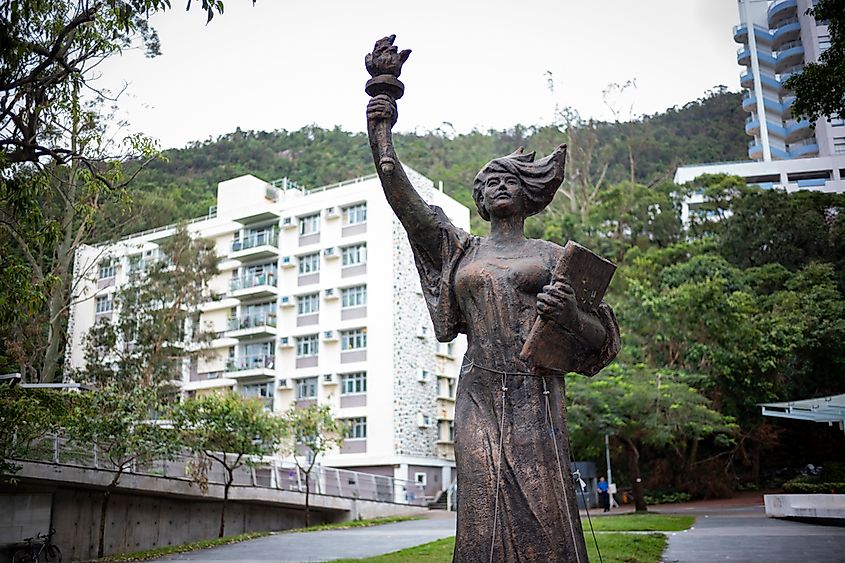
The Crackdown Begins
At the end of May, China had begun prohibiting the foreign press from reporting on troop movement and speaking with citizens about martial law. On June 3 as 300,000 troops approached Tiananmen Square, journalists reported being detained and beaten. Reporting was challenging, but the PLA appears to have fired the first shots late on June 3 in the outskirts of the city. Civilians there allegedly blockaded the streets, set a bus on fire, and threw rocks.
Tiananmen Square Massacre
On June 4 at approximately 1:00 am, the PLA entered Tiananmen Square with tanks and automatic weapons. They had orders to clear the square without firing by 6:00 am. The students took a voice vote, and many opted to leave.
At about 6:00 am, soldiers issued orders for all people to leave the square. Videos and photos then show the military opening fire on civilians who began attempted to flee. Eye-witnesses reported they had expected soldiers to beat them for staying but never imagined the army would use live ammunition.
The military reportedly fired on people in the square some six times on June 4. Civilians bravely entered the square with modified bicycles and pull-carts to evacuate the wounded. The Chinese Red Cross initially reported 2,600 deaths, though the government reduced the official count to 241 deaths, including 23 soldiers and 7000 wounded.
Tank Man
One of the final acts of bravery came from a man known only as Tank Man. He blocked a line of tanks in the square for several minutes on June 5. The tank driver, demonstrating an unwillingness to harm a civilian, halted before the lone man. The tank attempted to go around the Tank Man, but he continued to move in front of the tank until other civilians pulled him away.
Aftermath
The government arrested thousands of protesters in the days following the massacre. The courts sentenced at least ten people to execution for their alleged roles and hundreds jailed. Some protesters live in exile or hiding.
Following the protests, China tightened press, protest, and speech rules, and halted reforms. In the 1990s, China reversed some of these policies. However, censorship continues to ensure that only a small percentage of young people in China are aware of what happened in Tiananmen Square.
The US and the European Union still maintain an arms embargo initiated in 1989.
In 2019, tens of thousands of people gathered in Hong Kong, to commemorate the 30th anniversary of the Tiananmen Square Massacre. In Tiananmen Square itself, however, Chinese law prohibits public marking of the day.
